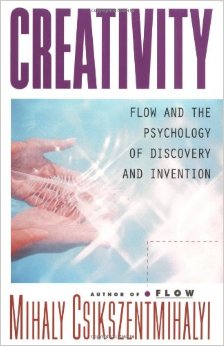
My contribution to the Financial Post’s first RRSP special report of the season can be found by clicking on this headline: For Boomers, the RRSP decision was easy but for Millennials, things are a little more complicated. The piece, which also appeared on page FP 10 of Wednesday’s print edition, recaps the three big advantages of RRSPs, articulated by regular Hub contributor Adrian Mastracci.
As baby boomers, both my wife and I have maximized contributions to our RRSPs almost from the moment we entered the workforce in the late ’70s (actually, in my case, only since 1984, when I rolled over a Defined Benefit pension into my first RRSP). And with no employer pension plan, my wife has continued to maximize her RRSP, to the point some of my sources tell me it’s time to stop, if we don’t wish to be subjected to onerous taxations and OAS clawbacks once we reach our 70s.
As for Millennials, the FP piece makes the argument that the Millennials enjoy two things the Boomers did not have for most of their investing careers: the Tax-free Savings Account (TFSAs, the Canadian equivalent of America’s Roth plans), and second, the newly expanded Canada Pension Plan or CPP.
As I noted in a Motley Fool special report in the fall, by the time the expanded CPP fully kicks in around the year 2065, someone who qualifies for maximum benefits and waits till 70 to receive them could get as much as $2,356 a month just from CPP, or $4,712 a month for a qualifying couple. Add in a giant untaxed TFSA and that might be all they’d need in retirement: assuming this high-saving couple maximized TFSA contributions at $5,500 a year (plus any inflation adjustments to come) from age 18 on.
To be sure, the eternal (well, eternal since TFSAs were introduced in 2009) question of TFSA, RRSP or both will depend on earning levels and tax brackets, which the FP article goes into in some depth. And it also bears mentioning that the TFSA advantage would be almost twice as compelling if the Liberal government had not acted to cut back on the $10,000 TFSA limit we enjoyed one year back to the current inflation-adjusted level of $5,500. So as it stands, high earners have roughly four times as much annual RRSP contribution room as they do for TFSAs, which is a pity.
The Hub looked at this last Friday, when another regular Hub contributor — certified financial planner Ed Rempel — performed a rigorous analysis. See TFSA or RRSP? The right answer for you. See also this nine-year-old tax expert’s analysis of the same topic that ran on the Hub in December: Baby Sitting and RRSPs: a 9-year-old’s rules for when to TFSA.
My personal inclination is to maximize BOTH the RRSP and TFSAs, which certainly should be possible if you’ve eliminated all forms of consumer debt. Most dual-income couples should be able to do both, in my view, although of course if one of them is taking temporary stints outside the workforce (perhaps for child-raising), income-splitting practices like using spousal RRSPs may make sense.
Motley Fool blog on possible ban of trailer commissions
For those who missed it week before last, you can find my latest Motley Fool blog on the Canadian Securities Administrators report on the possible ban of trailer commissions on various investment funds can be found here, under the headline Banning Trailer Commissions Could Give Canadian Investors a Wealth of Lower-Cost Products.






